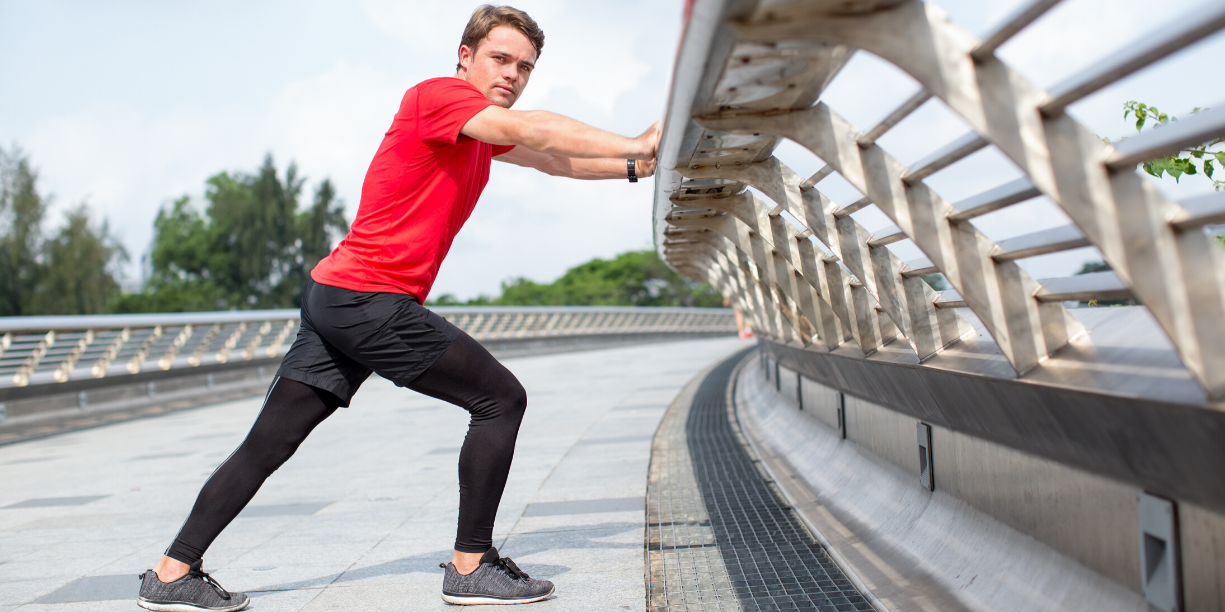



As personal trainers, certain teachings become so ingrained that we rarely question them. One such principle is: “If it’s tight, stretch it.” However, sometimes this approach doesn’t yield results. Let’s explore why stretching alone might not be effective and what alternative solutions exist.
The Problem with Stretching Tight Calves
Imagine a client whose squat isn’t improving due to tight calves and poor ankle dorsiflexion. You perform ankle mobility exercises, but the improvement is short-lived. Stretching the calves repeatedly doesn’t seem to help either. This situation is frustrating and calls for a reevaluation of the problem.
Rethinking Muscle Tightness
If stretching isn’t effective, it’s essential to consider other causes for muscle tightness. The gastrocnemius and soleus muscles, commonly referred to as the calves, often limit ankle dorsiflexion. However, persistent tightness might be due to factors beyond muscle flexibility.
The Role of the Sciatic Nerve
Did you know that the sciatic nerve can inhibit calf muscles? The sciatic nerve runs beneath these muscles and can become tight or tethered. When this happens, the body may induce calf muscle tension to protect the nerve from damage. This protective mechanism prioritizes nerve safety over muscle flexibility, as nerves are more critical and harder to repair than muscles.
Addressing Sciatic Nerve Tension: The Slump Exercise
To alleviate this issue, consider sciatic nerve mobilization exercises, like the Slump. This exercise is straightforward but should only be performed by individuals without neural conditions like sciatica. Always advise clients to consult a professional if they have any concerns.
Here’s how to perform the Slump exercise:
Recommended Routine:
Perform 8 reps for 2 sets before training.
Begin with no more than twice daily to gauge the appropriate dosage and response.
By incorporating the Slump exercise, you may notice improved range of motion in posterior chain muscles, reduced calf tension, increased dorsiflexion, and significantly better squat performance. This approach addresses the root cause of tightness, leading to more effective and lasting results.
Ready to Enhance Your Clients’ Mobility?
If you’re ready to expand your skillset with the Biomechanics Coach System, click here.
Empower your clients to move better and more freely by tackling the underlying issues behind muscle tightness. Cool, huh?